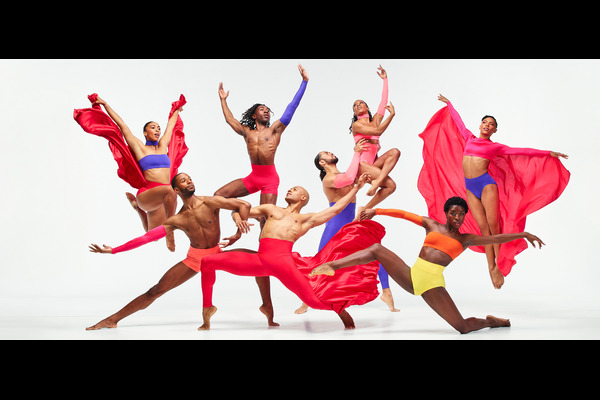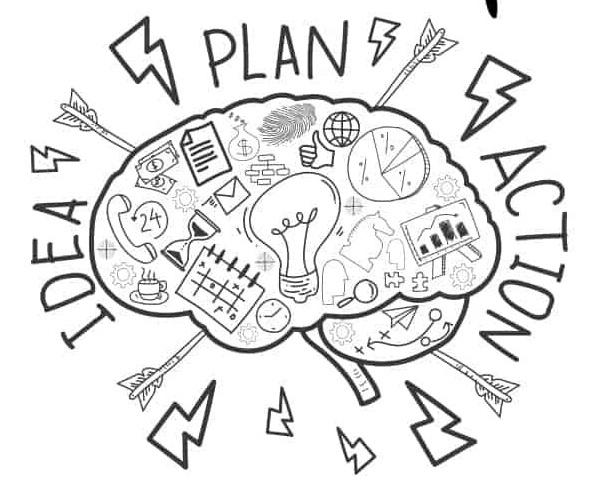Women’s journey for equity remains distant dream.
Since last few years, an interesting trend is emerging in board results, girls are outshining boys. We are also witness to women increasingly showing their mettle in numbers and quality in all spheres: entrepreneurship, bureaucracy, industry, board rooms, research organisations and more recently in military, so far deemed the male preserve. Quite many of them own and run multi-million-dollar companies. But for male chauvinism or denying them opportunity; they, and ipso facto we all, would have been reaped better rewards. We lost much by perpetuating the concept of ‘man for the field and woman for the hearth … man to command and women to obey.’ They remain disproportionately affected by poverty, discrimination, exploitation and health issues.
Surviving just on leftovers: Traditionally they managed with leftovers in food, education, health and so on. The lady toilets in streets, markets, and common places are few and far between. Curbing the call of nature has impinged on their health and wellbeing. Gynaecological and issues like bleeding & discharge, menstruation apart, women are more susceptible to specific diseases like cancers of breast, ovary, cervical, urinary tract issues, and pregnancy. Incidences of heart attack deaths, depression and anxiety are higher among them as compared to man.
Little funding on women’s health: On an average, women spend 25 percent more of their life time in debilitating health conditions than do men. It is estimated that closing the women’s health gap can add USD one trillion to global economy by 2040. Additional economic growth of about $3 is achievable for every $1 invested on women’s health. Women’s health remains unfunded, hence the aptness of this year’s theme of International Women’s Day theme, Invest in Women: Accelerate Progress.
Early egalitarian status in India: The concept of women as equal partners has been enshrined in Indian scriptures where each she is referred as Ardhangini i.e. half body, so no religious duties are act is deemed to fructify unless both participate in it. Shiva i.e. overarching wisdom is incomplete without Parvati viz. Shakti. On similar lines, John Donne compares his union with his beloved with a circle, both together constituting a circle, a whole, meaningful entity. It is the complementarity of man & woman that keeps the world going the way it should, and mankind cannot progress by neglecting the interests of better half its population.
Today, the world is facing several multi-pronged crises from geopolitical conflicts to glaring poverty levels and the deleterious impacts of climate change. These challenges can be addressed by solutions that make women as inclusive component by empowering them. By investing in women, we can trigger positive change and acceleration the transition towards a healthier, safer, sustainable, and more equitable world for all. It is found that if current trends continue, over 342 million women may be cursed to be living in extreme poverty by 2030. As such, nations must prioritise gender-responsive funding and increase public spending on essential services and social protection for women.
Women’s ‘unpaid’ work not counted: Policymakers must also value, recognize, and account for the vital contribution women make to economies worldwide through paid and unpaid care work. As per one estimate, women spend around three times more time on ‘unpaid’ care work than do men that are not assigned a monetary value.
Fake women champions: It turns out that the brunt of champions of women’s liberation is not on empowering women but on a buttressing vote bank. By raising voice against menfolk, they play with the sentiments of women, instigating them to take up cudgels against men. Leaders of most women movements have ulterior agenda. The message served is not to hone up women skills and concretely help them take up income generation activities but to imbue in women that they have ever been victimised and need not suffer any longer. They are here to derive the benefits irrespective of duties they have ever performed. In the process, the task of strengthening of family as a basic unit for appropriate growth and overall development of children is compromised.
In formal spheres we need a more inclusive order. In a committee or business negotiation, we must ask, “Are there women, if not, why not?” This can be facilitated by recruiting, retaining and developing diverse talent, supporting women and girls into leadership roles of decision-making, creating necessary infrastructure that address the specific needs of women and girls, involving women and girls in sustainable agriculture and food security, providing quality education and training for women & girls, promoting creative, social and artistic talent of women & girls.
For we all to grow, there is no other go but investing in women and championing gender equality, to build a future where everyone in society is free of bias, stereotypes, and discrimination, a world that’s diverse, equitable, and inclusive, where difference is valued and celebrated. Together we can forge women’s equality in interest of one and all.
—- —- —- —- —- —- —- —- —- —- —- —- —- —- —- —- —- —- —- —-
Short version of this article was published in Orissa Post on 9 March 2024 with the caption, ‘Women’s health remains undervalued’. Edit page 4 (PDF) link- https:odishapostepaper.com/edition/4839/orissapost/page/4
—- —- —- —- —- —- —- —- —- —- —- —- —- —- —- —- —- —- —- —-




